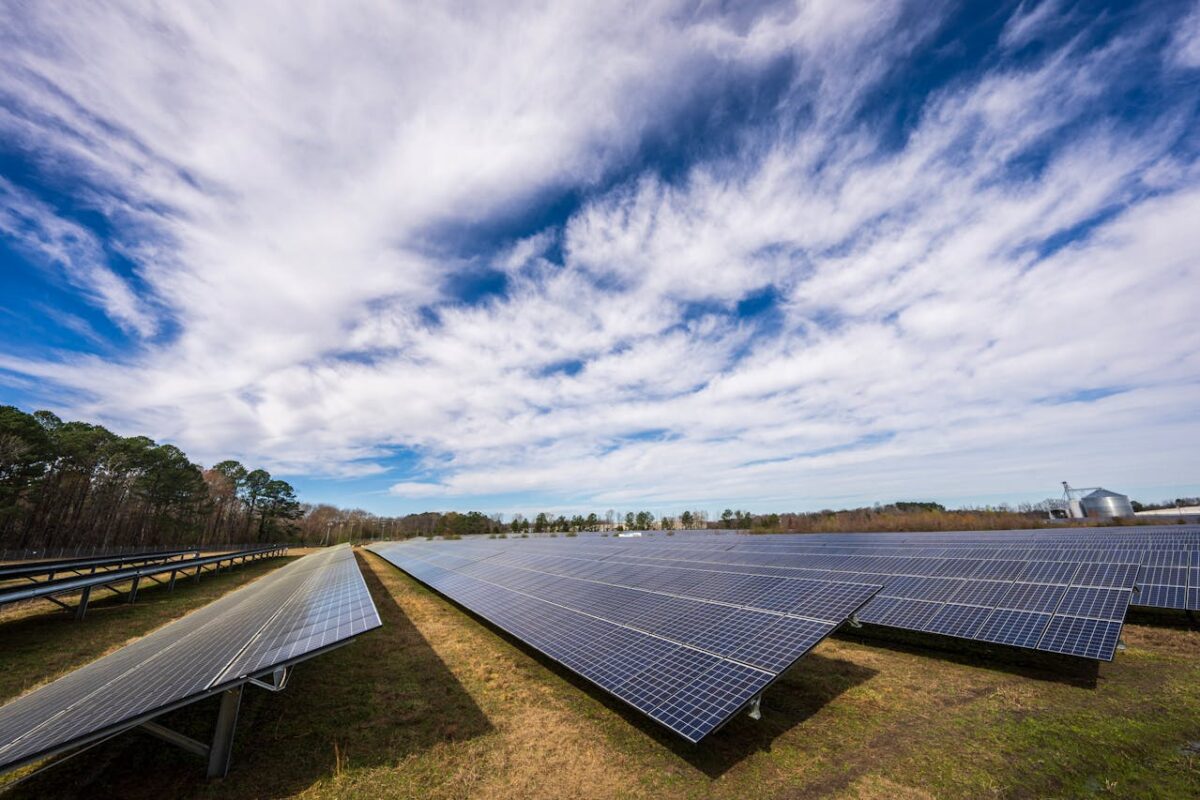What Are The Differences Between Renewable and Non-Renewable Energy Sources?
pvsolar
on
May 7, 2025
As businesses and governments work toward more sustainable energy solutions, understanding the difference between renewable and nonrenewable resources has never been more important. Both are essential types of energy sources used around the world, but they vary greatly in terms of availability, environmental impact, and long-term sustainability.
What Are Renewable Energy Sources?
Renewable energy comes from natural resources that are replenished continuously or in relatively short periods of time. These resources include sunlight, wind, water, geothermal heat, and biomass. Because they regenerate naturally, they offer a sustainable way of generating electricity with minimal harm to the environment.
Examples include:
- Solar energy (via solar panels)
- Wind power
- Hydropower
- Geothermal energy
These sources are often referred to as clean energy because they produce little to no carbon emissions during operation, making them vital tools in combating climate change.
What Are Non-Renewable Energy Sources?
In contrast, non-renewable energy sources come from materials that took millions of years to form. These include coal, oil, and natural gas, commonly known as fossil fuels. Once used, these resources cannot be replaced within a human timeframe, making them finite.
Fossil fuels are burned in power plants to produce electricity, but this process releases high levels of greenhouse gases, contributing significantly to air pollution and climate change.
Key Differences Between Renewable and Non-Renewable Energy
The most fundamental difference between renewable and non-renewable energy lies in the source. Renewable energy comes from natural resources like sunlight, wind, and water that are replenished regularly and are essentially inexhaustible in the human timeframe. In contrast, non-renewable energy comes from fossil fuels such as coal, oil, and natural gas, which take millions of years to form and are available only in limited quantities.
Availability is another major distinction. Renewable sources are continually available and can support long-term energy production without the risk of running out. Non-renewable sources, however, are finite; once extracted and burned, they are gone forever, making them an unsustainable choice over time.
The environmental impact of each type is also vastly different. Renewable sources such as solar energy and wind power produce little to no carbon emissions, making them far more environmentally friendly. Fossil fuels, on the other hand, are major contributors to air pollution and climate change due to their high emissions and damaging extraction methods.
When it comes to sustainability, renewable energy is the clear leader. It supports a transition to clean energy and promotes a more stable, climate-conscious future. Non-renewable energy, by its nature, cannot be sustained indefinitely and leads to long-term environmental harm.
There’s also a growing gap in cost. The cost of renewable energy has declined significantly in recent years thanks to advances in technology and greater market demand. Non-renewable energy, however, is becoming more expensive due to extraction costs and supply limitations.
In terms of power generation, renewable energy is used in modern, innovative systems like solar panels and wind turbines that are adaptable to various environments. Fossil fuels, meanwhile, are typically burned in large power plants, a process that not only consumes vast resources but also generates pollutants.
Why Businesses Are Making the Switch
More companies are investing in wind and solar solutions not only to reduce their ecological footprint but also to take advantage of tax incentives and lower long-term energy costs. The declining cost of renewable energy, combined with its scalability, makes it an increasingly viable source of energy for commercial operations.
Solar power systems, in particular, offer flexibility for on-site energy generation and can be paired with storage technologies to boost resilience and reduce grid reliance.
Additionally, Renewable Energy Supports a Circular Future
Unlike fossil fuel-based systems that rely on one-time extraction and consumption, renewable technologies—such as solar panels—can be part of a circular model.
At PV Solar Recycling, we support this model by helping U.S. businesses recycle solar equipment once it reaches the end of its lifecycle. This ensures that valuable materials are recovered and reused, rather than ending up as waste.
Want to take the next step in your clean energy journey? Contact PV Solar Recycling to responsibly manage your solar panel waste and contribute to a more sustainable energy future.


